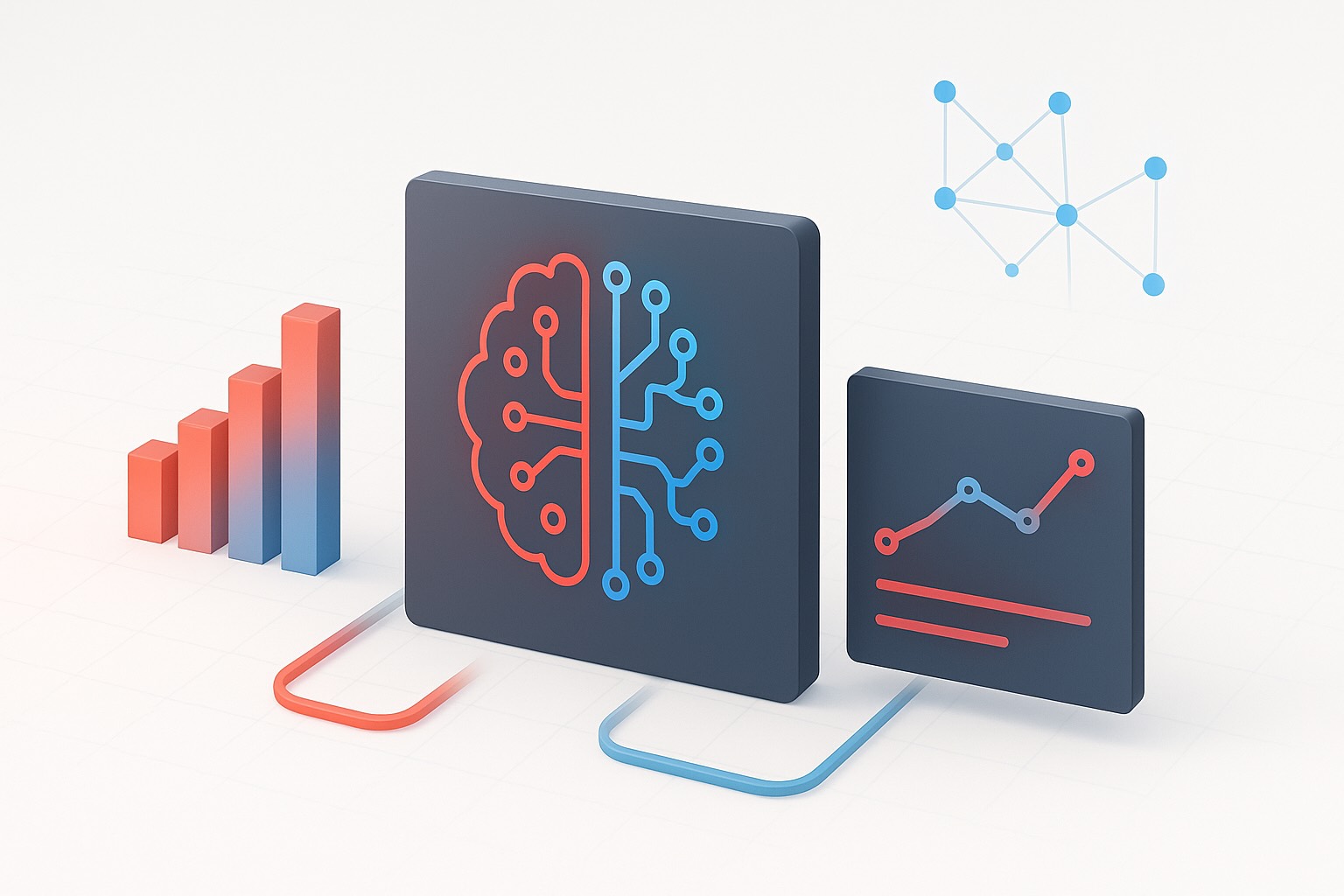
5 Strategies for Better AI Adoption

5 Strategies for Better AI Adoption
Artificial Intelligence (AI) offers transformative potential — but only if implemented strategically.
Too often, organizations rush into AI initiatives without clear goals or the right foundation, leading to expensive failures.
Based on years of experience working with businesses across industries, here are five key strategies to guide your AI journey toward success.
1. Start with a Clear Business Objective
The number one mistake organizations make is approaching AI as a “technology project” rather than a business initiative.
Before investing in tools or models, define the specific business outcome you want to achieve.
Are you aiming to improve customer service response times, optimize inventory management, or enhance fraud detection?
Once you have a clearly articulated goal, it becomes much easier to determine:
- Which AI technologies are appropriate
- What data you’ll need to support the project
- How to measure success
Pro Tip:
Tie your objective to a real financial or operational impact. Leadership buy-in is much easier when you show how AI will boost revenue, reduce costs, or improve KPIs they already care about.
2. Invest in Quality Data from the Start
AI is only as good as the data feeding it.
Data silos, inconsistent formats, missing values, and poor data hygiene are some of the most common roadblocks we see in struggling AI projects.
Organizations that succeed at AI start by prioritizing their data infrastructure.
This includes:
- Consolidating fragmented datasets
- Ensuring data is accurate, timely, and labeled properly
- Establishing governance policies for data privacy and security
Example:
If you’re building a customer service chatbot, ensure you have a clean, centralized database of past support tickets, FAQs, and product information before attempting to train any models.
Pro Tip:
Consider investing early in a modern data platform like Snowflake, Databricks, or AWS Redshift to create a single source of truth.
3. Build Cross-Functional Teams
AI success isn’t just about hiring more data scientists.
You need collaboration between technical experts, business stakeholders, and end users.
A high-performing AI team typically includes:
- Data engineers (building pipelines and preparing data)
- Data scientists (designing models)
- Subject matter experts (understanding the real-world problem)
- Product owners or project managers (aligning technical work with business goals)
When technical teams work in isolation, you risk building solutions that are technically impressive but commercially useless.
Pro Tip:
Host regular “AI Design Sprints” where technical and business teams co-create solutions together early in the process.
4. Implement Iteratively — Not All at Once
One of the biggest myths about AI is that you need a multi-year, multimillion-dollar project before you see results.
Instead, adopt an agile, iterative mindset.
Start with a small, focused proof-of-concept targeting a single use case.
Get feedback quickly. Learn what works. Adjust. Expand from there.
This allows you to:
- Fail fast (and cheaply) if needed
- Prove early value to stakeholders
- Build organizational trust in AI initiatives
Example:
Instead of trying to automate your entire HR recruiting pipeline at once, first launch a model that pre-screens resumes for a single job role. Evaluate. Then expand.
Pro Tip:
Set clear success criteria for every iteration — not just technical KPIs, but business impact KPIs.
5. Plan for Change Management from the Beginning
Even the best AI models will fail if your people aren’t ready to use them.
Change management must be baked into your AI strategy from day one.
Key activities include:
- Involving end users early in development and feedback
- Training employees on new workflows
- Setting realistic expectations about AI’s capabilities (and limitations)
- Communicating clearly about how AI will augment, not replace, their work
Example:
If you’re rolling out an AI tool for customer support reps, run workshops that explain how the system assists them — and reassure them it’s a tool, not a threat.
Pro Tip:
Assign a dedicated Change Champion or team to own communication and training throughout the project.
Final Thoughts: AI Adoption is a Journey
Successful AI adoption isn’t about installing software and flipping a switch.
It’s about aligning technology, people, and processes around clear goals.
Organizations that succeed at AI start small, build cross-functional teams, invest in their data foundation, and prepare their people for change.
At Full Stack Data Solutions, we help businesses design practical, scalable AI strategies grounded in business reality — not hype.
Ready to kickstart your AI journey?
Contact us today to schedule a discovery session!
Related Articles
Not Everything Needs AI: Why Higher Education Often Wins with Simple Automation
AI is rapidly entering higher education, but not every challenge requires advanced intelligence. Learn why many institutional pain points are better solved with simple automation—and when AI truly adds value.
Not Everything Needs AI: Why Construction Often Wins with Simple Automation
AI is transforming construction, but not every problem requires advanced intelligence. Learn why many construction challenges are better solved with simple automation—and when AI truly adds value.